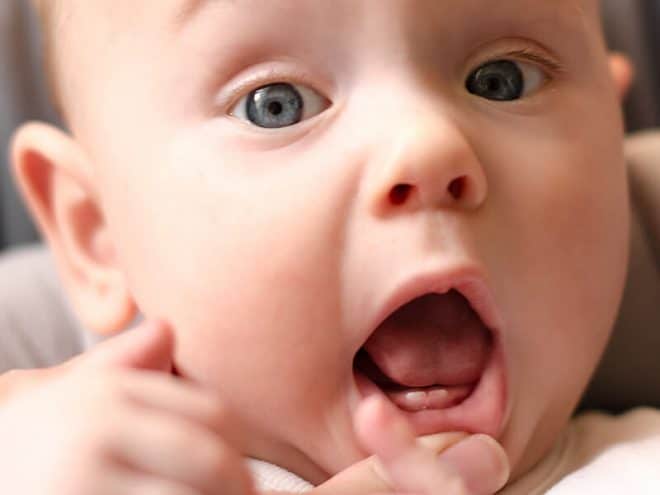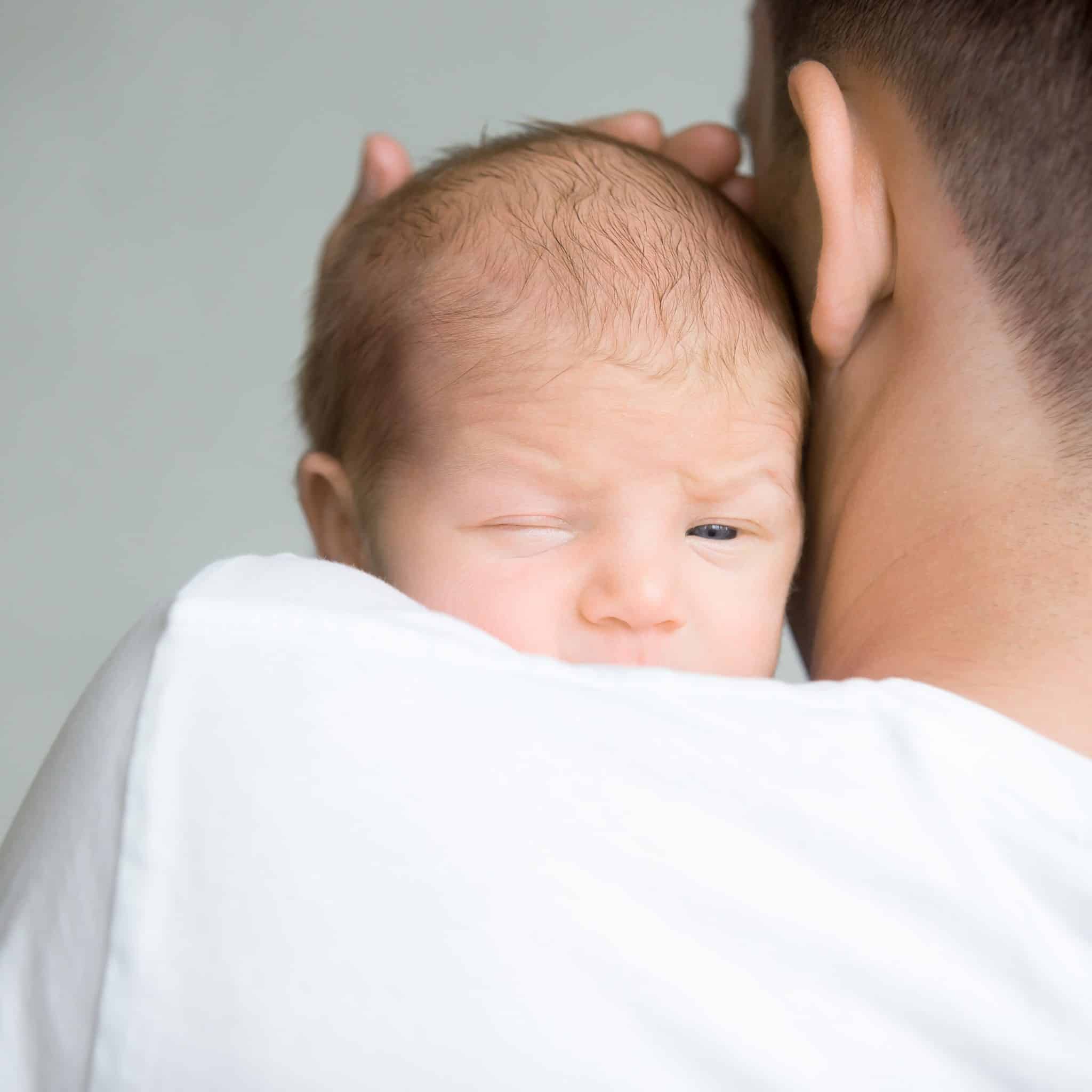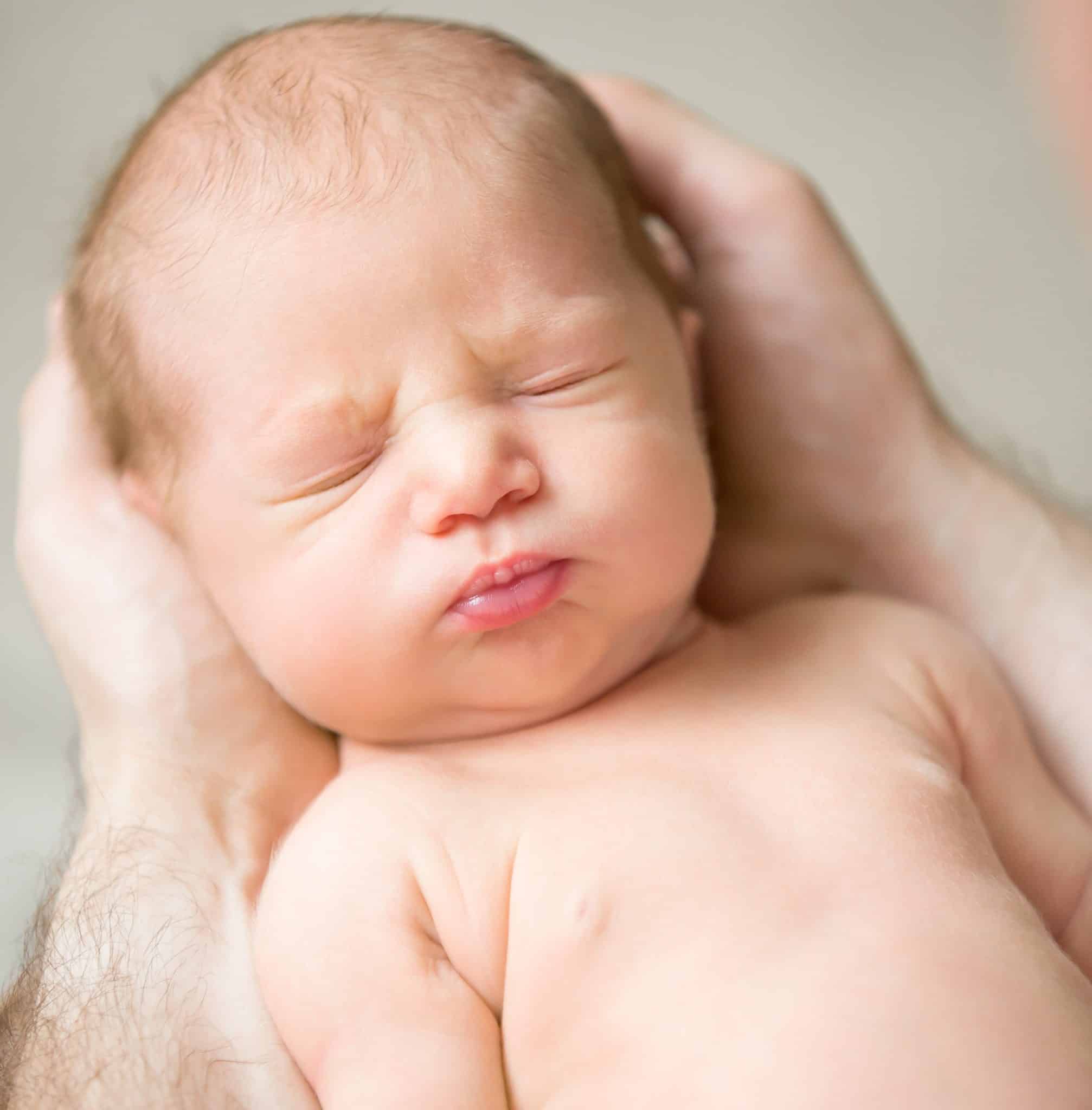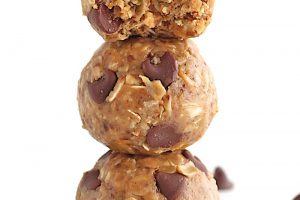How Long Does Teething Last?
At around four to seven months old, ironically just as you’ve probably achieved a regular sleep schedule, your baby will begin cutting their first teeth. While it’s a huge milestone in your baby’s life, teething can be a painful process for both parent and baby. It helps to know what to expect. How long does teething last? Are there any safety considerations?
The whole teething process is usually complete by the age of two to three. However, the discomfort of teething only lasts while the tooth is cutting through your baby’s gums.
All babies are different so there is no exact timeframe that can tell us how long it takes for each individual tooth to cut through the gums. However, most medical professionals say it takes between 1-7 days per tooth. According to Very Well Family, teething symptoms typically start about four days before your baby’s tooth erupts, and will last for around three days after the tooth comes in.
Baby Teething: What To Expect And Consider By Age
Four To Seven Months
 The teething process typically begins in this age window. Keep in mind that teeth eruption schedules aren’t one-size-fits-all, though. Your baby may be a little ahead or behind schedule, but any serious delay warrants a visit to the pediatrician.
The teething process typically begins in this age window. Keep in mind that teeth eruption schedules aren’t one-size-fits-all, though. Your baby may be a little ahead or behind schedule, but any serious delay warrants a visit to the pediatrician.
The lower central incisors on the bottom middle jaw are typically the first teeth to erupt.
- At this time your baby’s eyesight is slowly evolving from nearsightedness, which allows them to start focusing better on shapes and colors;
- Mobility is also starting to emerge as baby starts to sit unsupported;
- Your baby may also start to grasp and pull objects toward his/her mouth;
- Transfer objects from hand to hand.
The combination of becoming more mobile, increased visual acuity, and your teething baby wanting to chew and gnaw on everything, means you’ll need to kick your safety measures up a notch to ensure baby doesn’t get a hold of objects that could be dangerous.
Eight to 16 Months
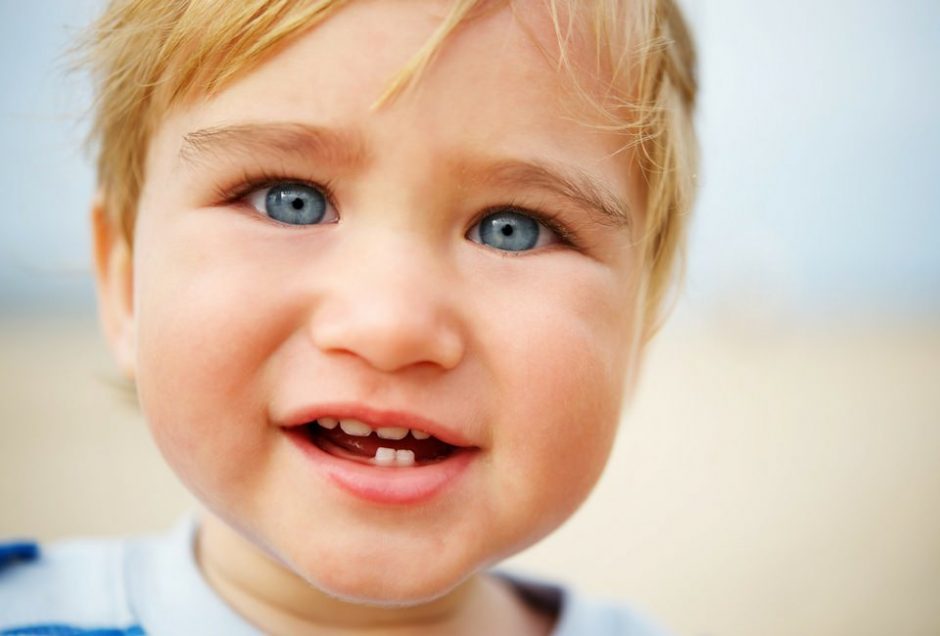 Your baby will gain several teeth in the eight to 12 month window, including upper middle teeth, and upper central incisors.
Your baby will gain several teeth in the eight to 12 month window, including upper middle teeth, and upper central incisors.
Next in the lineup are the teeth that emerge between nine and 16 months, which are usually the lateral incisors located beside the top and bottom middle teeth. The order can vary, but most babies gain all these teeth before they’re 16 months.
Your teething baby will also rapidly gain a number of gross and fine motor skills during this window.
During this time, your baby will likely:
- Pull themselves into seated and standing positions independently;
- Take their first steps;
- Better grasp and throw objects; and
- Develop a preference toward certain shapes and colors.
You will want to extend your safety net to keep dangerous objects out of your baby’s mouth. ![]()
![]()
13 to 23 Months
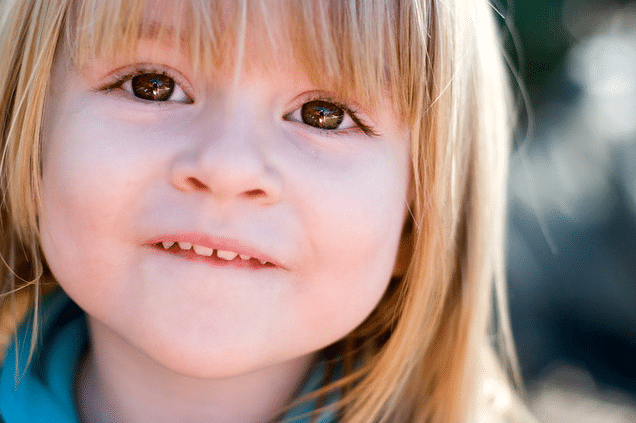 You’ll notice some overlapping in the windows because your baby can get their first molar anywhere from 13 to 19 months of age.
You’ll notice some overlapping in the windows because your baby can get their first molar anywhere from 13 to 19 months of age.
Baby teething of molars tends to involve the baby getting both a top molar and corresponding bottom molar around the same time. Following the first molars, you can expect the sharp and pointed bottom and top canines to come out, sometime before your baby reaches their second birthday.
23 to 31 Months
Congratulations, you’ve reached the end of the final teething window. Expect the second molars, which are at the far back of the mouth, to erupt.
Your teething baby is now a teething toddler, and he/she may show some difference in how they exhibit and respond to teething symptoms. Unlike a baby’s non-verbal crying and inclination to chew on everything, your teething toddler will likely be able to tell you if teething is painful. Keep in mind that the pain may be worse because the molars are bigger than the previous teeth. 
HELPFUL RESOURCES FOR MOMS OF TEETHING BABIES
Baby teething can be a bit challenging. Use the resources below to make your life A LOT easier.
